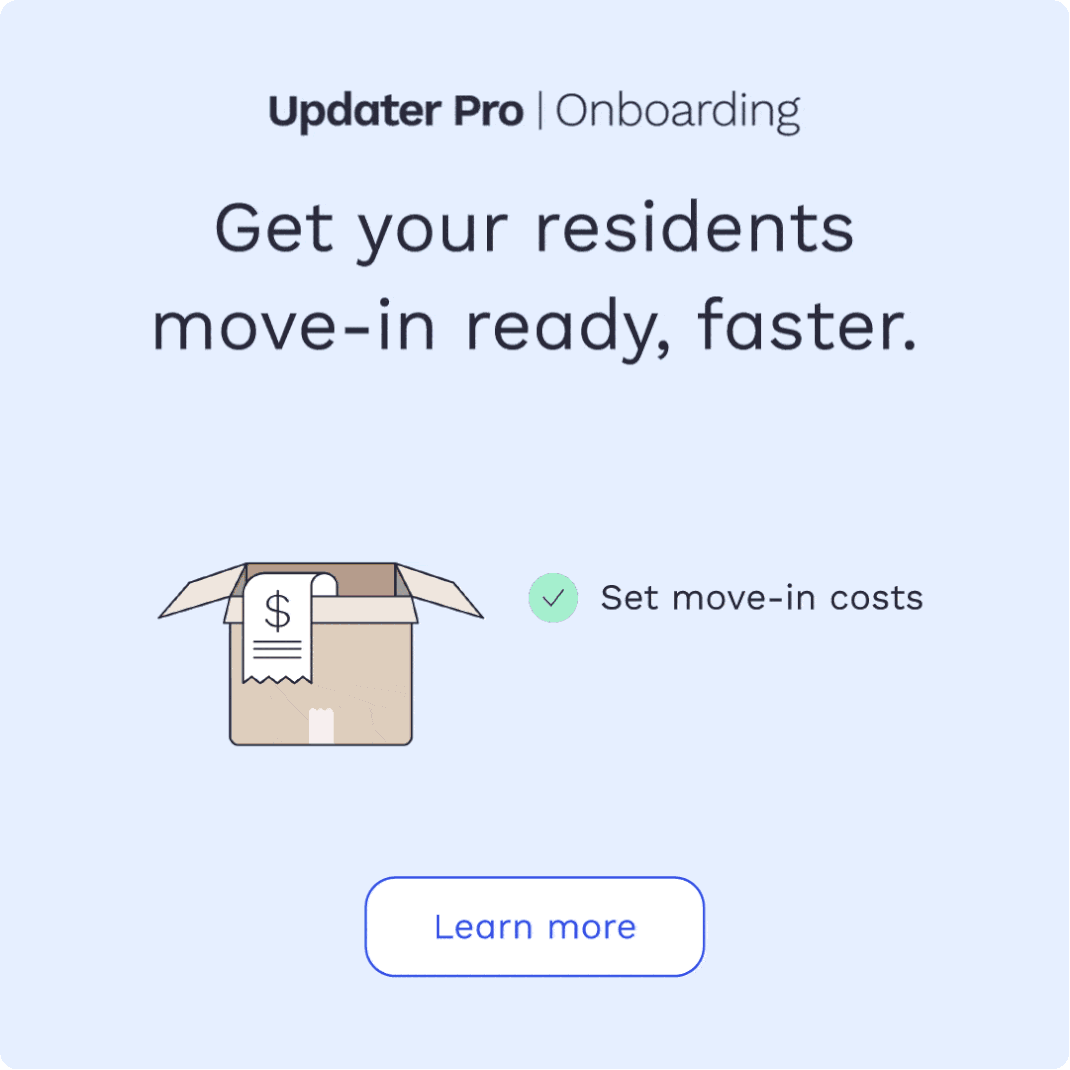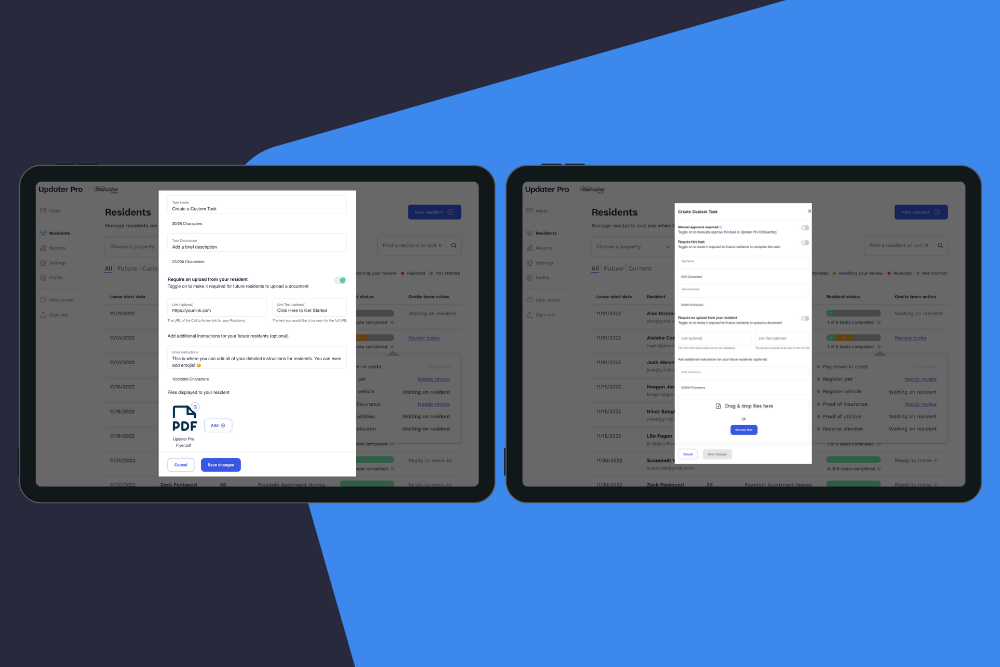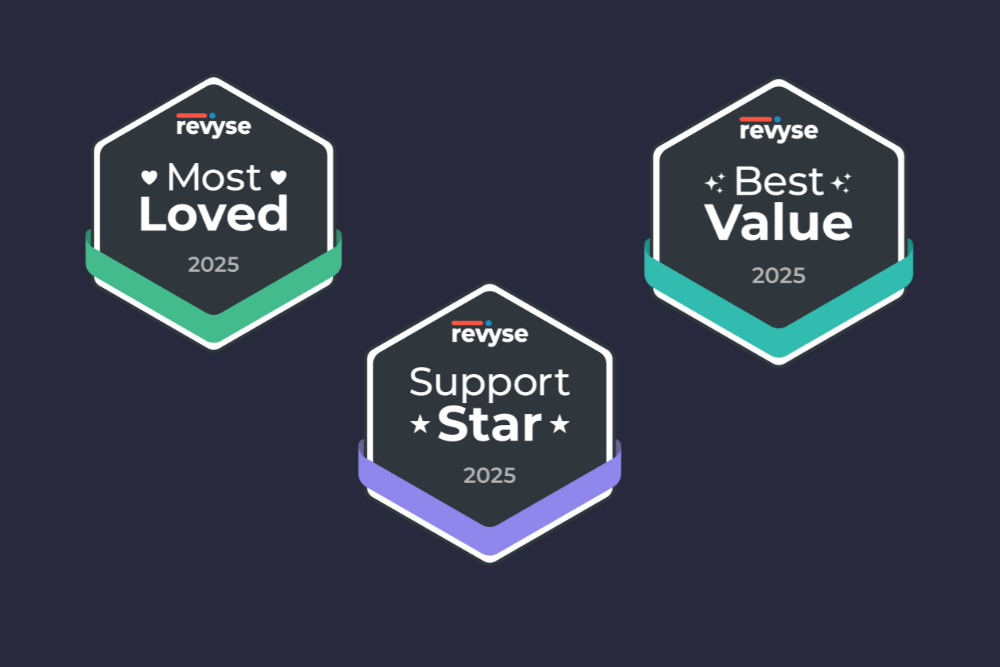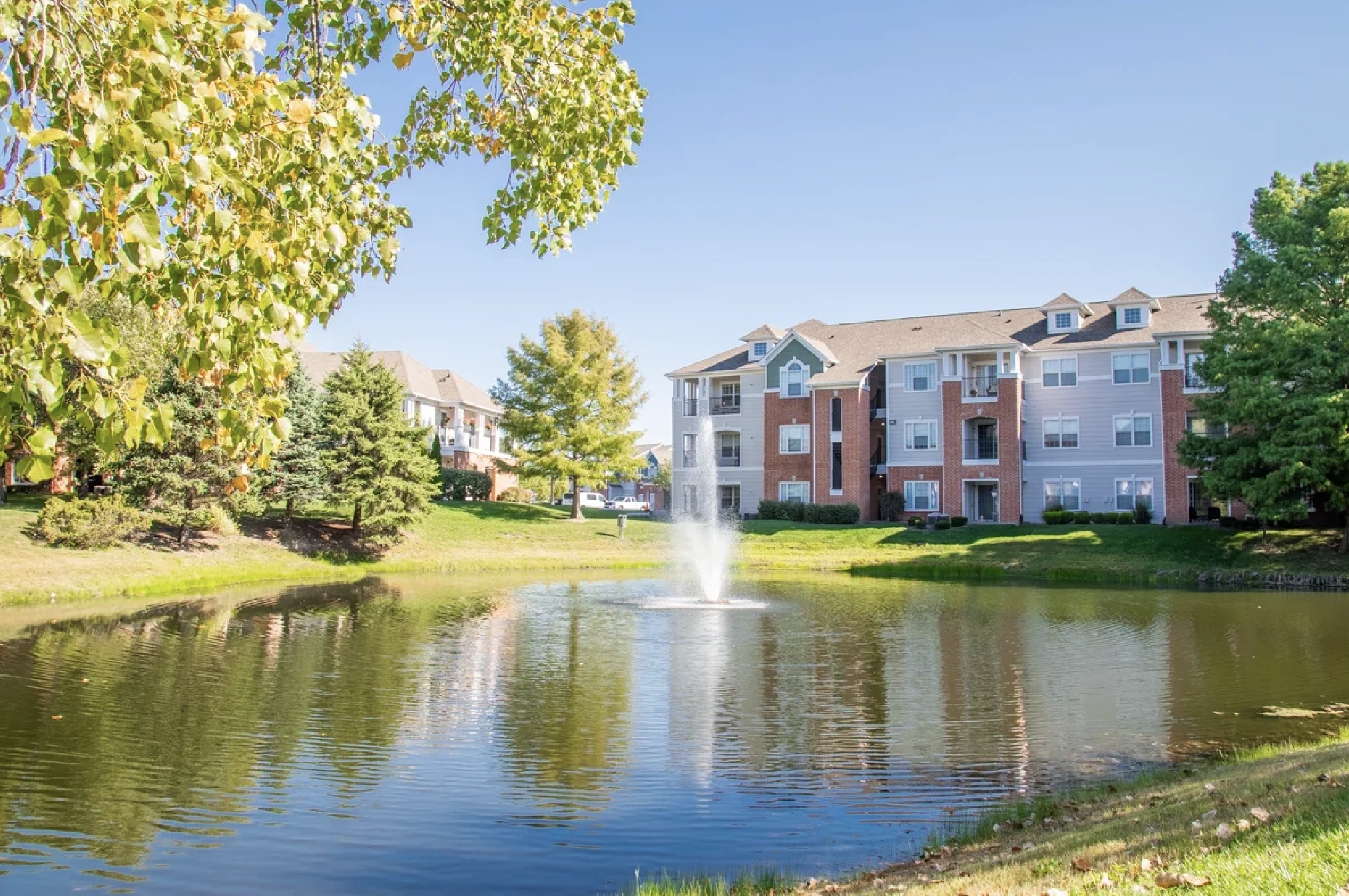How to Engage Residents Through Resident Cycle

Engaging residents is important for many reasons, retention being one of the most significant. There’s proof that a positive resident move-in increases renewal rates. In addition, losing a resident can be costly, inconvenient, and downright depressing. But not all methods of engagement or moments in the resident life cycle merit the same treatment or attention; it takes specific tools and techniques at the right time to make the greatest, most personal impact on residents. We’ve plotted the 4 key points to pay attention to in the resident life cycle, along with tips for engagement.
The courtship phase
This is when prospective residents are shopping around, and property managers show off what makes their community unique: one-of-a-kind property features, white-glove services, new gym equipment, pristine laundry facilities, etc. This is a critical time in the resident life cycle, when it’s most important for renters to find the place that’s right for them.
Tips for engagement: Prospective residents aren’t only interested in whether there’s crown molding in the unit and the newness of the gym’s treadmills. (Though those things matter.) They also want to know that your property has modern technology for renters, such as: an interactive resident portal, online elevator reservations, and laundry machines that take cards rather than coins.

Prospective residents also want to hear from current residents. How can you make that easy and avoid annoying residents? You can turn online resident surveys into glowing testimonials for your community’s website, so potential renters can see for themselves. Is the building more family-friendly or young and trendy? How quickly are maintenance issues taken care of? Ask your current residents these questions and showcase their responses in a place where curious newcomers can find them.
The move-in experience
Engagement doesn’t end when a renter has signed on the dotted line. Moving is a time when people are at their most vulnerable; emotions are heightened, and every detail and physical item need to be accounted for and organized. How do you help new residents navigate the moving process and personalize their experience right from the start of their relationship with your community?

Tips for engagement: All communities are not created equal. A powerful way to separate yours from the rest is to provide end-to-end moving support. By offering Updater to your residents, they’ll be able to check multiple items off of their moving to-do lists in one fell swoop (e.g., important tasks like forwarding mail and connecting utilities) — all without a headache or having to ask your site team for assistance. This frees up your internal teams for more strategic work and gives residents more control over their move from the get-go.
Giving back and a sense of community is important to new renters too. If you can speak to the ways in which you bring residents together — perhaps through on-site events or charitable giving initiatives — you’ll be able to paint a much fuller picture of a life, not just a place to live.
The first 30 days as a resident
Much like with a new job, the first month in a new place is a kind of getting-to-know-you for everyone: property managers, site teams, and of course, your new residents. The way you treat residents once they’ve officially become part of your community sets the tone for the rest of their time living there.

Tips for engagement: Simply put, residents stay because of great service beyond the initial contact. Service-based amenities like Updater, personalized touches like lockers for packages (rather than a concierge tasked with handling deliveries), and adequate staffing are essential for making residents feel that you care about their experience and that someone is always there when they need help.
On the financial front, keeping residents happy and engaged with your community also means that you don’t have to deal with vacancy costs, advertising costs, or getting referrals. Happy residents tend to stay longer and recommend your property on social media, to friends, and to future residents.
When there are changes to the property
If there’s construction that needs to be done on a neighboring apartment every day for several weeks, the laundry room needs to be shut down for a complete overhaul, or something else inconveniences a resident, there’s great potential for friction. But that also means an opportunity to re-establish a personal connection and invite residents to give their feedback.
Tips for engagement: The important thing to remember during times of site team turnover, equipment repair, or larger maintenance endeavors is that your residents need to be in the know about their surroundings. Make sure you’re promoting key changes or updates to the property through email, text alerts, a resident portal, and even with quaint old paper signs where residents can find them. And make it easy for residents to give their feedback through an online survey, physical comment card, or a community forum that lives within the resident portal.

Don’t underestimate the importance of your maintenance/service team or groundskeeping, especially when there are changes being made. These are the people who go into your residents’ homes and fix things, keep the building smelling great, and make sure landscaping is done. Let your residents know who these people are; remember the little things, like covers for shoes and identification for safety. Assurance of security and an emphasis on cleanliness go a long way when it comes to resident satisfaction.
Want to see how Updater can help you further engage residents?
More Industry Insights

Five leadership lessons multifamily can steal from sales (courtesy of Kevin Ducey’s conversation with Tony Sousa)
15 December 2025

What great sales leadership can teach multifamily about resident satisfaction
15 December 2025












